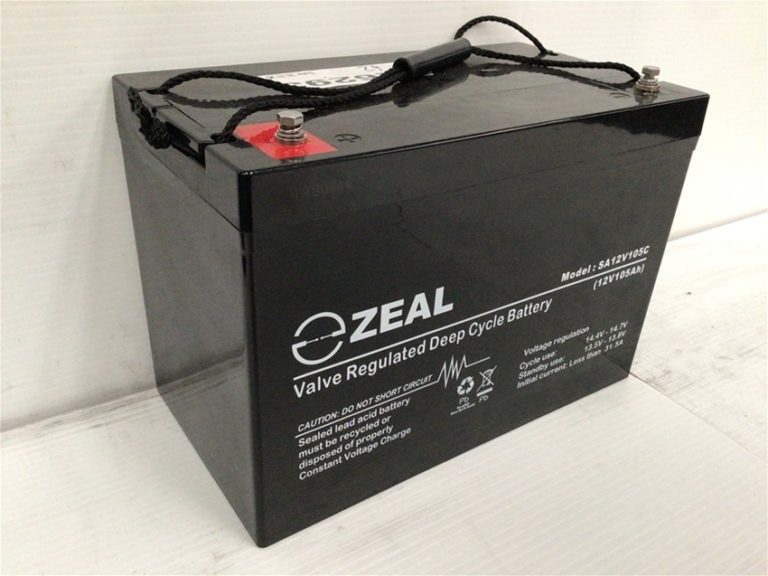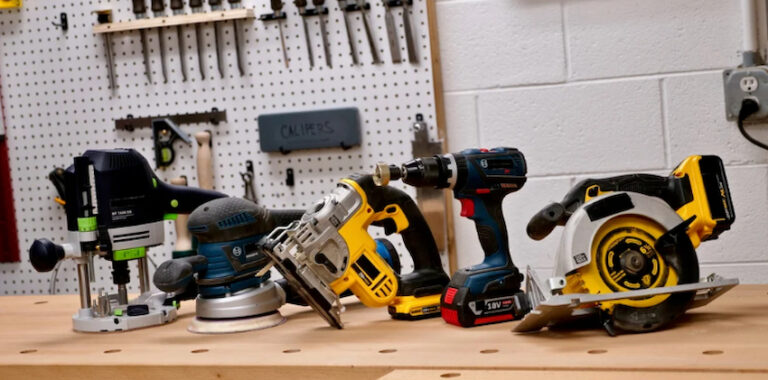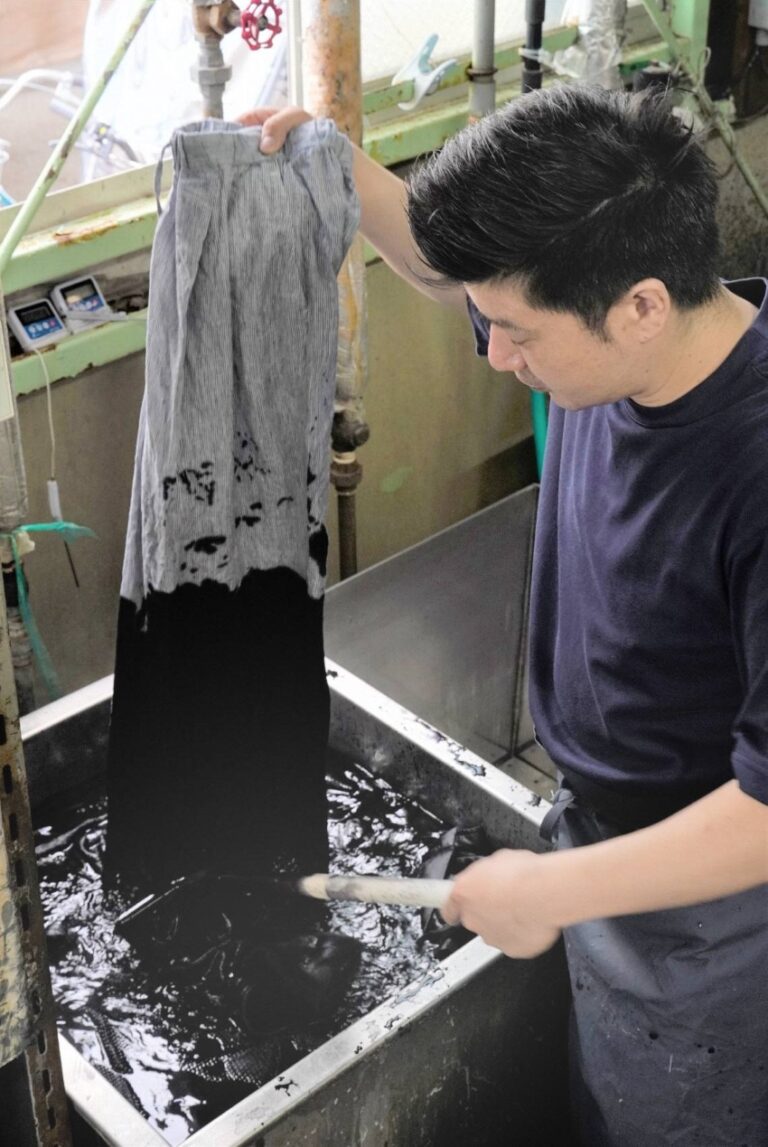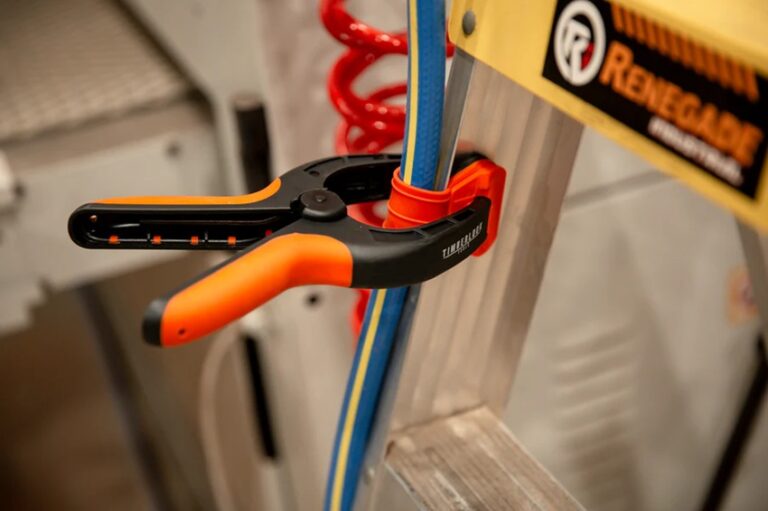Are you looking for innovative products that can improve the precision of your 3D projects? Have you tried resin printing? 3D resin printing, also known as stereolithography (SLA), or digital light processing, is a revolutionary advancement in additive manufacturing technology that transforms the way engineers, designers, artists, and hobbyists create objects.
What Are 3D Printing Resins?
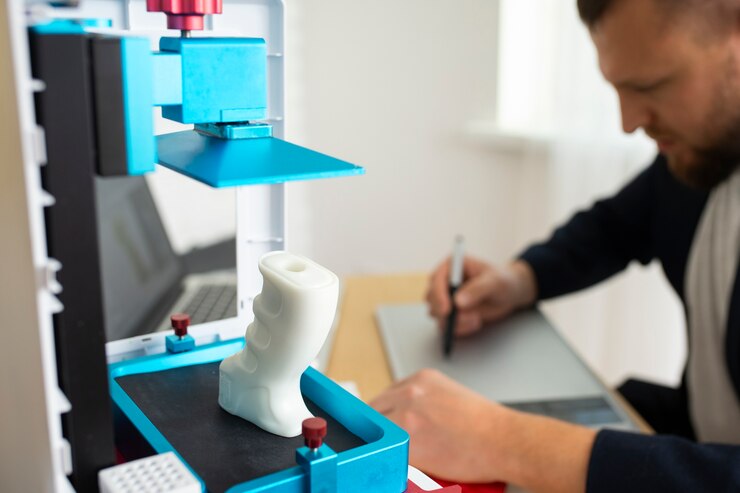
The composition of 3D printing Resins is a balanced composition from a variety of chemical components. The primary ingredients are monomers and oligomers, which compose the matrix, photoinitiators that trigger curing upon exposure to light, and various additives that enhance particular properties, such as strength, flexibility, or colour. This flexibility in formulation has led to the development of specialized 3D Resins for a variety of applications, from dental models requiring biocompatibility to engineering prototypes needing high-temperature resistance.
What is Resin 3D Printing?
Unlike traditional FDM (Fused Deposition Modelling) printing with filaments made of solid materials that melted during the process, resin printing uses liquid light-sensitive photopolymer resins that cure under specific wavelengths of light to produce intricate, high-resolution three-dimensional objects. This complex process has changed the playing field of professional and hobby-level 3D printing, offering unprecedented precision and versatility.
This technology relies on photopolymerisation, a chemical process that uses UV light to turn liquid photopolymer resin into solid plastic. The process starts with a vat containing liquid resin and a build platform moving up and down in the resin. Each layer is made by precisely projecting UV light onto the surface of the liquid resin, solidifying it in selected patterns. The building platform shifts up or down, according to the orientation of the printer, by a small increment (normally 0.025-0.1 mm) allowing the next layer to be formed.
There are generally two broad types of resin printing: SLA and DLP. SLA printers use the optical principle of scanning each layer’s pattern, point by point, across the resin surface. DLP printers use a digital light projector to project entire layers at once. The newest variation, MSLA (Masked Stereolithography) utilizes an LCD screen to mask the UV light, offering high-speed printing while maintaining detail resolution.
Benefits of Resin Printing
Resin printing offers several advantages over FDM methods, the most notable being the fine detail and flawless surface finish that can be achieved. While the majority of FDM printers achieve layer heights of approximately 0.1-0.35mm, resin printers can achieve layers as thin as 0.025mm, which produces a print that is virtually layer-free to the naked eye. This high resolution makes resin prints very suitable for applications that require fine details, such as jewellery and dental appliances.
Another important benefit is that resin-printed parts are isotropic in nature, which means that they do not show weak points between layers and exhibit the same strength in all directions. This characteristic makes them suitable for functional prototypes and end-use parts that need to withstand mechanical stress.
The surface finish created with 3D Resins has a superior quality in comparison with FDM prints. While many FDM-printed objects demonstrate considerable layering marks and require post-processing for a smooth finish, resin prints simply come out smoother right off of the printing bed.
Applications across Industries
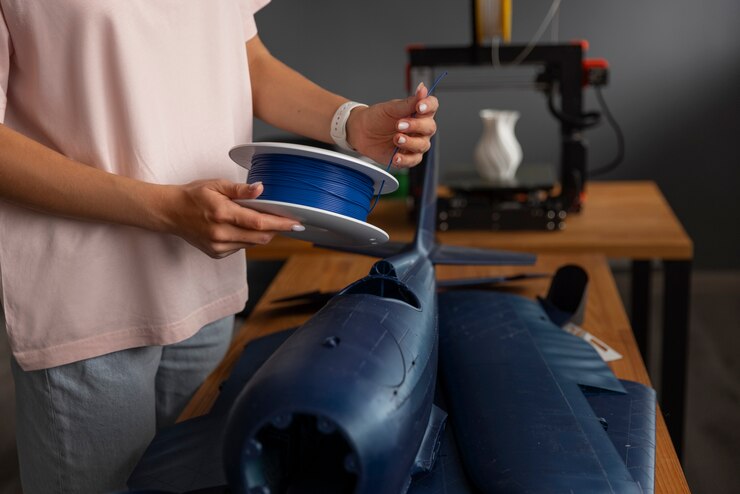
The superior attributes of resin printing have led to its wide adoption in various industries.
Dental and Medical Applications
In the dental field, it is used in the production of custom aligners, surgical guides, and dental models. The medical industry employs resin printing for anatomical models, surgical planning tools, and custom prosthetics, taking advantage of the technology’s capacity to reproduce complex organic shapes with high accuracy.
Jewellery Making and Prototype Design
Within the jewellery sector, resin printing is widely accepted for creating intricate casting forms. The high-detail resolution allows the designers to produce complex geometric forms and delicate features that are infeasible with traditional manufacturing methods. Resin printing is also applied for creating more accurate scale models and prototypes that require precise detail representation in architecture and industrial design.
Practical Considerations and Limitations
Though there are numerous advantages of resin-based 3D printing, this technology has some drawbacks. Handling liquid 3d printer Resins can be messy and demands proper safety equipment like gloves and respiratory protection. The post-processing steps include washing off the objects in isopropyl alcohol and post-curing under UV light to achieve optimal mechanical properties.
The build volume of a resin printer is smaller than comparable FDM printers which limits the size of the objects that could be printed in a single piece. Additionally, resins tend to be costlier than regular FDM filaments and the need for consumable components such as FEP films and filters pushes the operational budget even higher.
Future Developments and Trends
The field of resin printing is undergoing rapid evolution. You can find resins with enhanced properties, like improved strength, flexibility, and heat resistance. Some developers are launching biocompatible resins for medical applications and ceramic-filled resins that can be fired in kilns to make pure ceramic parts.
The technology itself keeps advancing, with bigger build volumes and larger print speeds, better and more complex control systems coming in. New generations of printers come with real-time monitoring and automatic resin feed systems, making the process more reliable and less laborious for the operator. As developments continue, we can expect to find more and more applications in both industrial and consumer markets.






